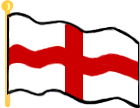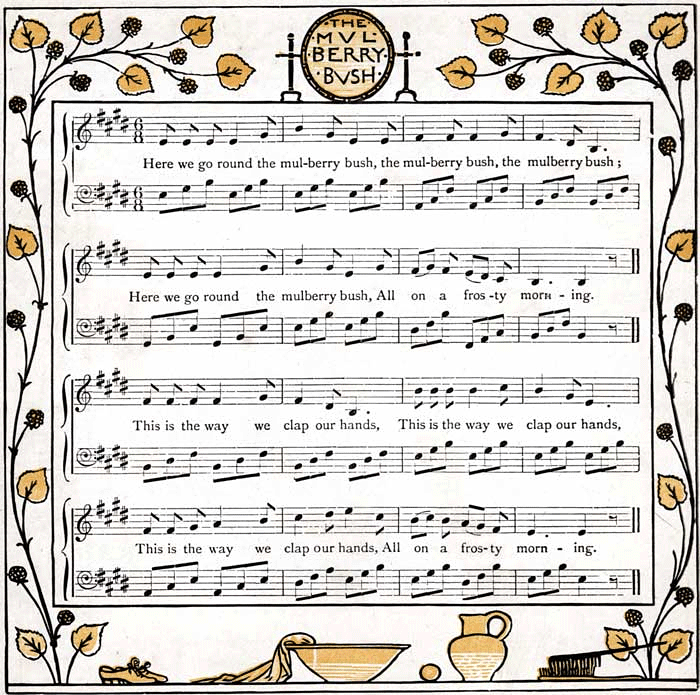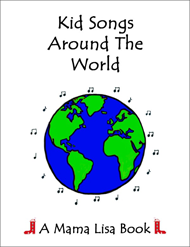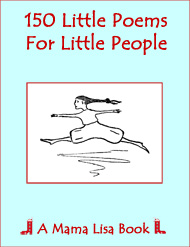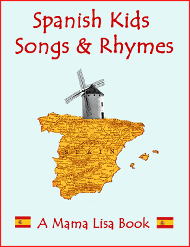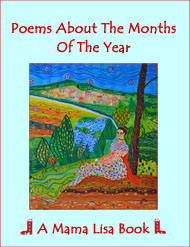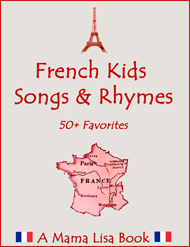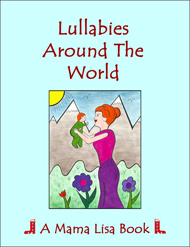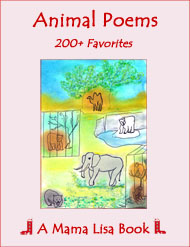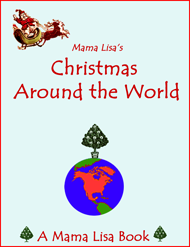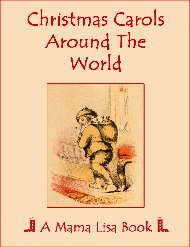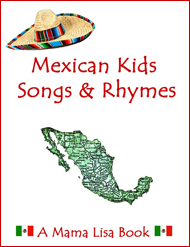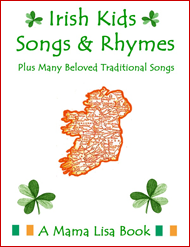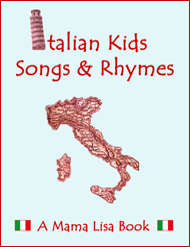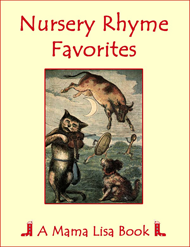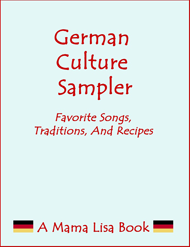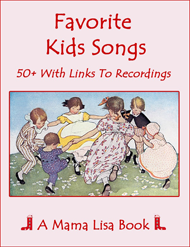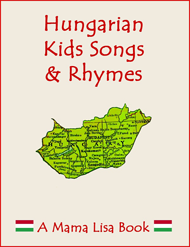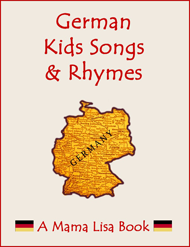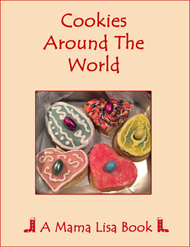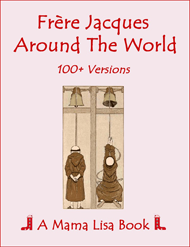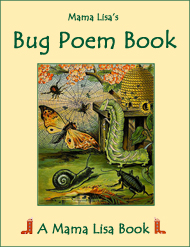Here We Go Round the Mulberry Bush
Here We Go Round the Mulberry Bush is still sung throughout the English speaking world. It was sung as far back as the 1840's.
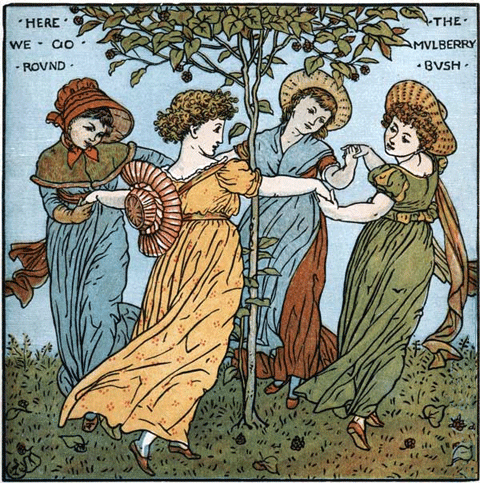
Here We Go Round the Mulberry Bush
Circle Game
Here we go round the mulberry bush*,
The mulberry bush, the mulberry bush;
Here we go round the mulberry bush
On a cold and frosty morning.
This is the way we wash our hands**,
We wash our hands, we wash our hands;
This is the way we wash our hands
On a cold and frosty morning.
Other verses…
"This is the way we do our hair," etc.
"This is the way we mend our shoes," etc.
"This is the way we scrub our clothes," etc.
"This is the way we dust our room," etc.
"This is the way we clap our hands,"... etc.
Notes
*Originally it was bramble bush.
**Or clothes
These two variations are often sung nowadays...
This is the way we brush our teeth... early in the morning.
This is the way we wash our face... early in the morning.
This song can be found in print as far back as 1842 in the book "Popular Rhymes, Fireside Stories, and Amusements of Scotland" by W. & R. Chambers. In that book, the author states it's sung to the tune of (an earlier song?) called "Nancy Dawson". You can hear the tune here. So far we only found mention of the "Nancy Dawson" song in print dating back to 1856.
There's a variation of this song with "Bramble Bush" which can be found in "Popular Rhymes and Nursery Tales: a sequel to the Nursery Rhymes of England" (1849) by James Orchard Halliwell-Phillips. There was also a variation using "Barberry Bush" instead of "Mulberry Bush". I read in the book "Children's Singing Games" (1895) that "Barberry Bush" was popular in Massachusetts.
*****
Mike J. Hebblethwaite wrote: "Found this one on your site, it's from Wakefield Prison where they hanged you. The poor criminals had their last walk round the mulberry bush (still in the grounds of the prison today) before they swung."
Robert Murphy wrote: "You may be interested to know the bush from the song still exists. It grows where it always has near an old Victorian work house, which is now the site of a large prison. It's location in Wakefield, Yorkshire, England and is passed every day by the prisoners on the way to work. Pieces from it when it is pruned are made into key-rings by the prisoners and proceeds from the sale of them go towards victim support."
According to Wikipedia, "The exercise yard at Wakefield has a mulberry tree, around which female inmates used to exercise. This has been linked to the nursery rhyme 'Here We Go Round the Mulberry Bush' by the erstwhile prison governor, RS Duncan in his book 'Here we go round the mulberry bush': The House of Correction 1595 / HM Prison Wakefield 1995 (published by author 1994). This origin of the song is also propounded on the prison's website. There is no corroborative evidence to support this theory."
*****
Here's the version in The Real Mother Goose (1916), illustrated by Blanche Fisher Wright...
Here we go round the mulberry bush,
The mulberry bush, the mulberry bush,
Here we go round the mulberry bush.
On a cold and frosty morning.
This is the way we wash our hands,
Wash our hands, wash our hands,
This is the way we wash our hands,
On a cold and frosty morning.
This is the way we wash our clothes.
Wash our clothes, wash our clothes,
This is the way we wash our clothes,
On a cold and frosty morning.
This is the way we go to school,
Go to school, go to school,
This is the way we go to school,
On a cold and frosty morning.
This is the way we come out of school,
Come out of school, come out of school,
This is the way we come out of school,
On a cold and frosty morning.
Game Instructions
On the first verse, the children hold hands and go around in a circle. After that they mime the associated actions that go with each verse.
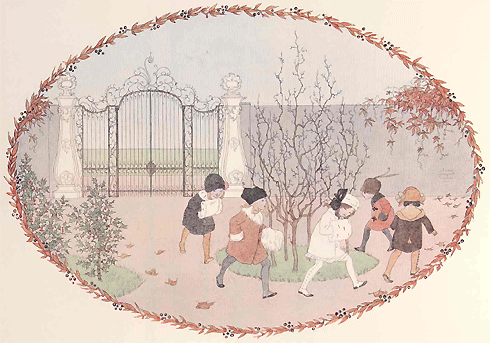
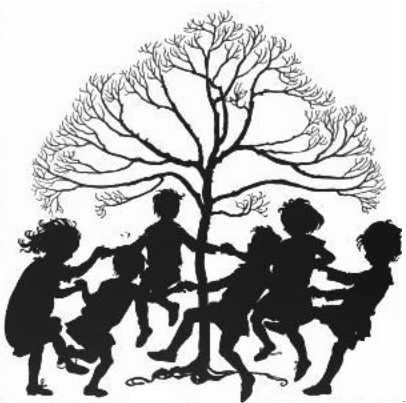

2nd recording performed by 17 student musicians who were sisters in the Sigma Alpha Iota International Music Fraternity for Women at California State University-Stanislaus in 2007. The musical score the recording is based on comes from Our Old Nursery Rhymes (1911) arranged by Alfred Moffat.

Thanks!
Thanks and Acknowledgements
Thanks to Mike J. Hebblethwaite and Robert Murphy for commenting on this song.
The illustration comes from The Baby's Opera by Walter Crane (circa 1877). The 2nd illustration is by H. Willebeck Le Mair from Our Old Nursery Rhymes (1911), arranged by Alfred Moffat.


